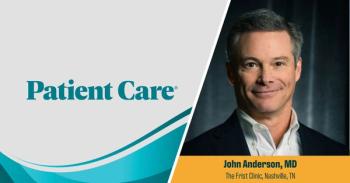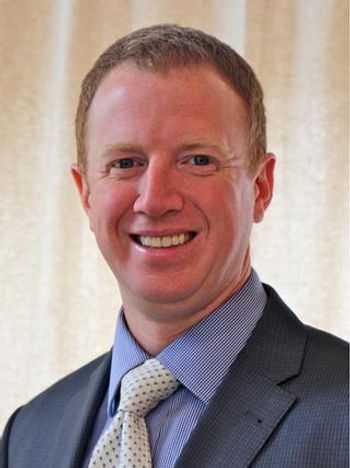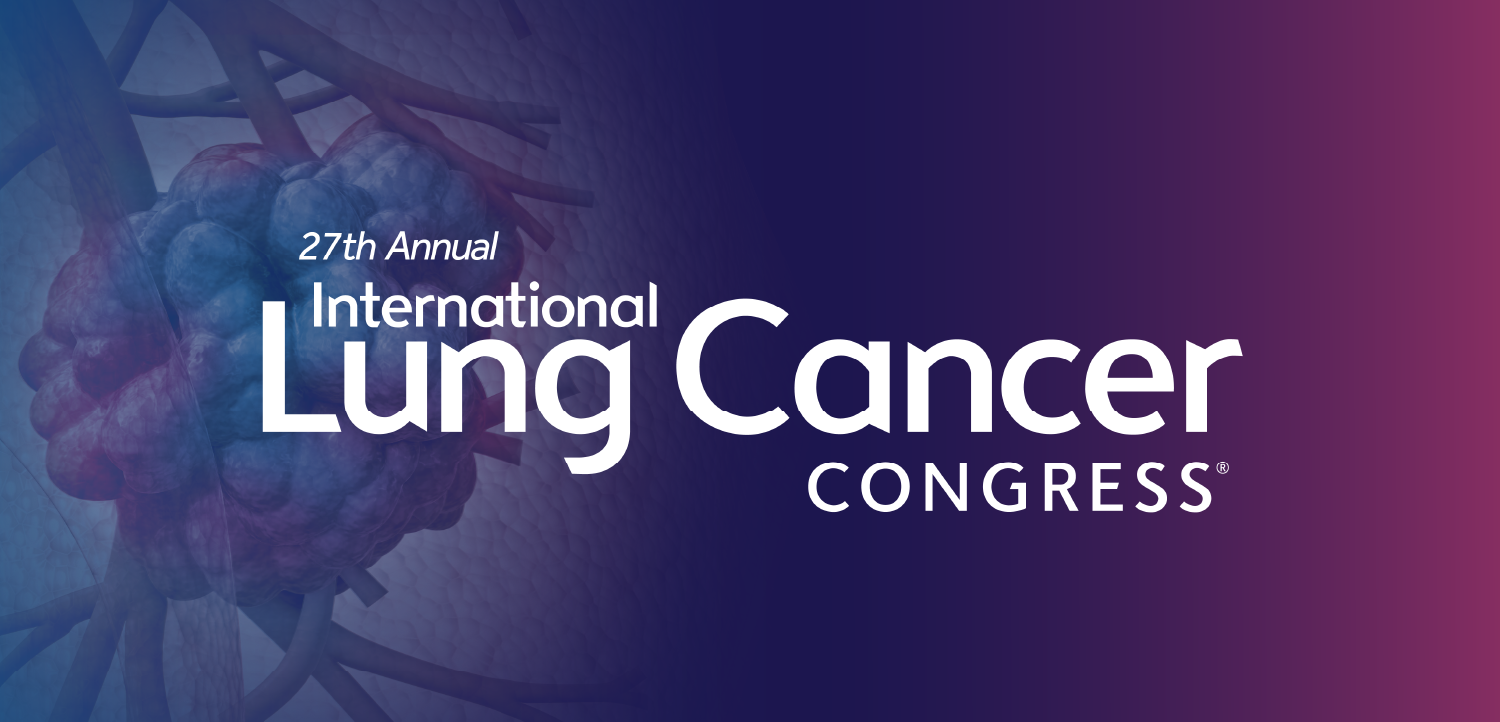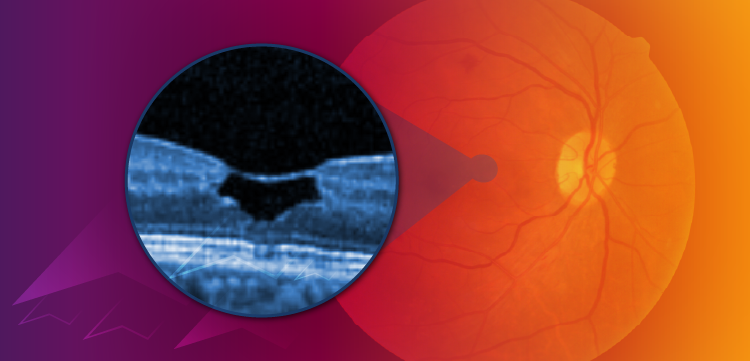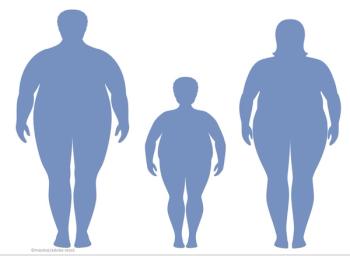
Breast Cancer Incidence Falls Along With Hormone Replacement Decline
SAN ANTONIO -- The annual incidence of breast cancer has fallen dramatically, coinciding with the end of the era of hormone replacement therapy, revealed National Cancer Institute SEER data.
SAN ANTONIO, Dec. 15 -- The annual incidence of breast cancer has fallen dramatically, coinciding with the end of the era of hormone replacement therapy, revealed National Cancer Institute epidemiology data.
After a steady rise during the past 20 years, the breast cancer incidence fell 7% from 2002 to 2003, said Peter M. Ravdin, M.D., Ph.D., of the M.D. Anderson Cancer Center in Houston, reporting at the San Antonio Breast Cancer Symposium.
When he and colleagues analyzed the Surveillance Epidemiology and End Results database for invasive breast cancer incidence from 1973 to 2003 and compared it with the rate for 1973 to 2004, they found the age-adjusted incidence was down from about 184 to about 171 per 100,000 women per year.
All nine SEER registries across the country showed a similar relative reduction in incidence.
The absolute reduction in breast cancer could represent as many as 14,000 cases per year, Dr. Ravdin said.
The finding may not be unexpected because an increased risk of breast cancer was one of the main reasons many women stopped taking estrogen and progestin replacement therapy, he said. However, the speed with which it happened was surprising, he said.
In 2002, there was a debate about the value of mammography screening as well as the first presentation of the Women's Health Initiative study that discovered the 24% increase in breast cancer risk for women taking HRT over five years.
However, the effect appeared to be due to HRT rather than less mammography.
The decline was steepest among women ages 50 to 69, a drop of 12%, and significant only among the subset of women ages 50 and older, with a trend for women over 40 and those ages 40 to 49.
Furthermore, the relative reduction in rate was about twice as large for estrogen receptor -- positive as for estrogen receptor -- negative cancers, "which suggests something important is going on biologically," rather than just a difference in detection, said Dr. Ravdin.
While about half of women on HRT discontinued it within six months of the July 2002 Women's Health Initiative study publication, there were minimal changes in mammography during the same period. For 2003 compared to 2002, the investigators reported:
- Among women ages 40 or older, there was a 1.0% decrease in use of mammography in the United States.
- Among women ages 40 to 49, there was a 0.2% increase.
- Among women ages 50 to 64, there was a 3.2% decrease.
- Among women ages 65 to 74, there was an increase of 0.8%.
- Among women 75 and older, there was a 1.6% decrease.
"The data are most consistent with the fact that the Women's Health Initiative study caused a major change in behavior in the United States," said Dr. Ravdin.
"What we think is going on is that about half of the cancers that were just below the detection range in 2002 in women who were taking hormone replacement therapy actually stopped growing or regressed when they stopped [HRT]," he said.
The magnitude of change is reasonable, he said. If 30% of women older than 50 were taking HRT and half stopped which decreased their cancer risk by half, the breast cancer rate would be expected to fall by 7.5%, he said.
Session moderator Eric Winer, M.D., of the Dana-Farber Cancer Center in Boston, said he thinks the researchers' hypothesis is right on target and "suggests that at least a portion of the increase in breast cancer incidence over the last decade and a half has probably been related to the widespread use of hormone replacement therapy."
Dr. Ravdin said that while epidemiologic evidence does not prove causality, stopping HRT was likely beneficial in reducing the risk of breast cancer.
"Doctors should feel good about that recommendation," he said.
Newsletter
Enhance your clinical practice with the Patient Care newsletter, offering the latest evidence-based guidelines, diagnostic insights, and treatment strategies for primary care physicians.

